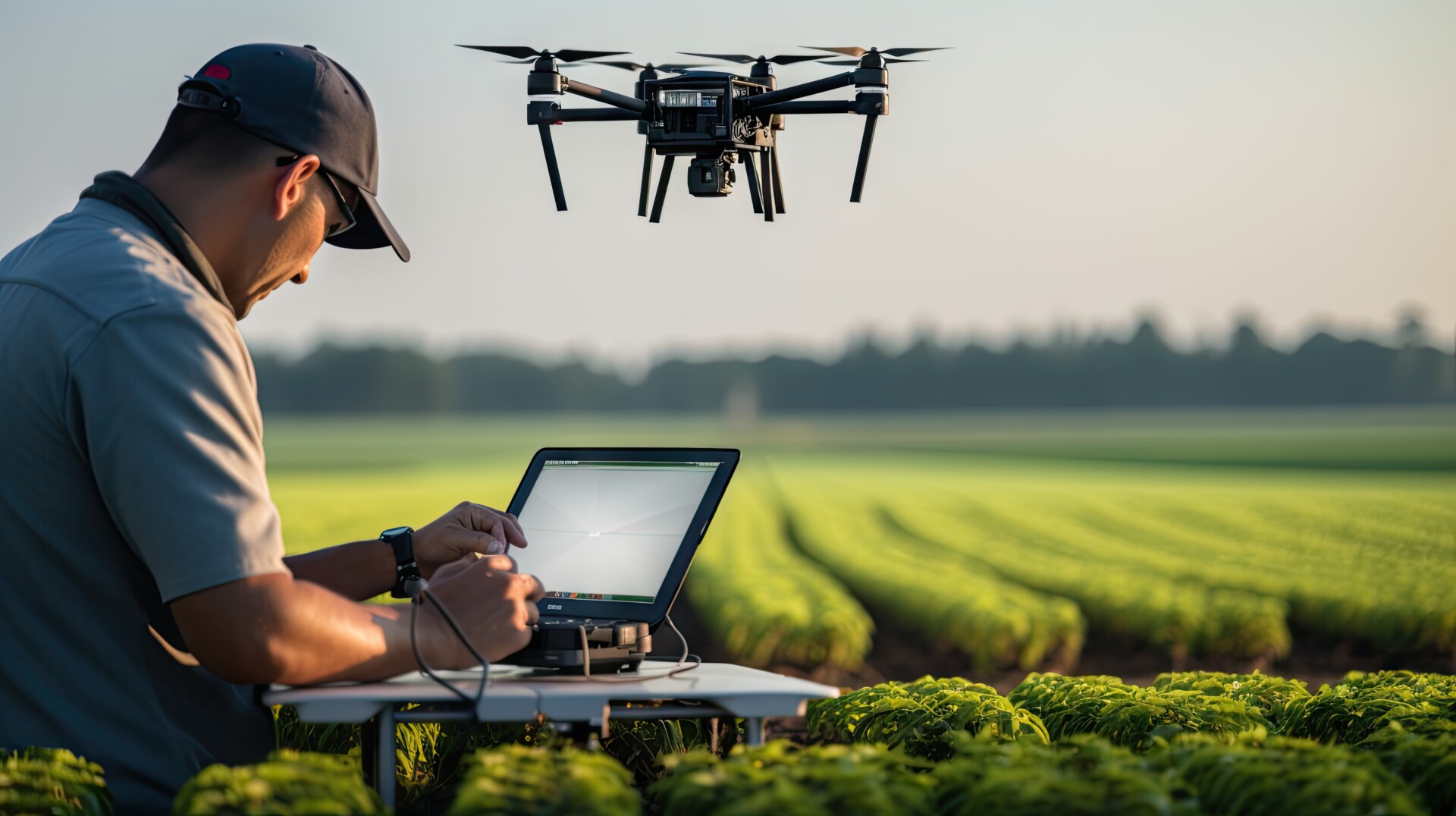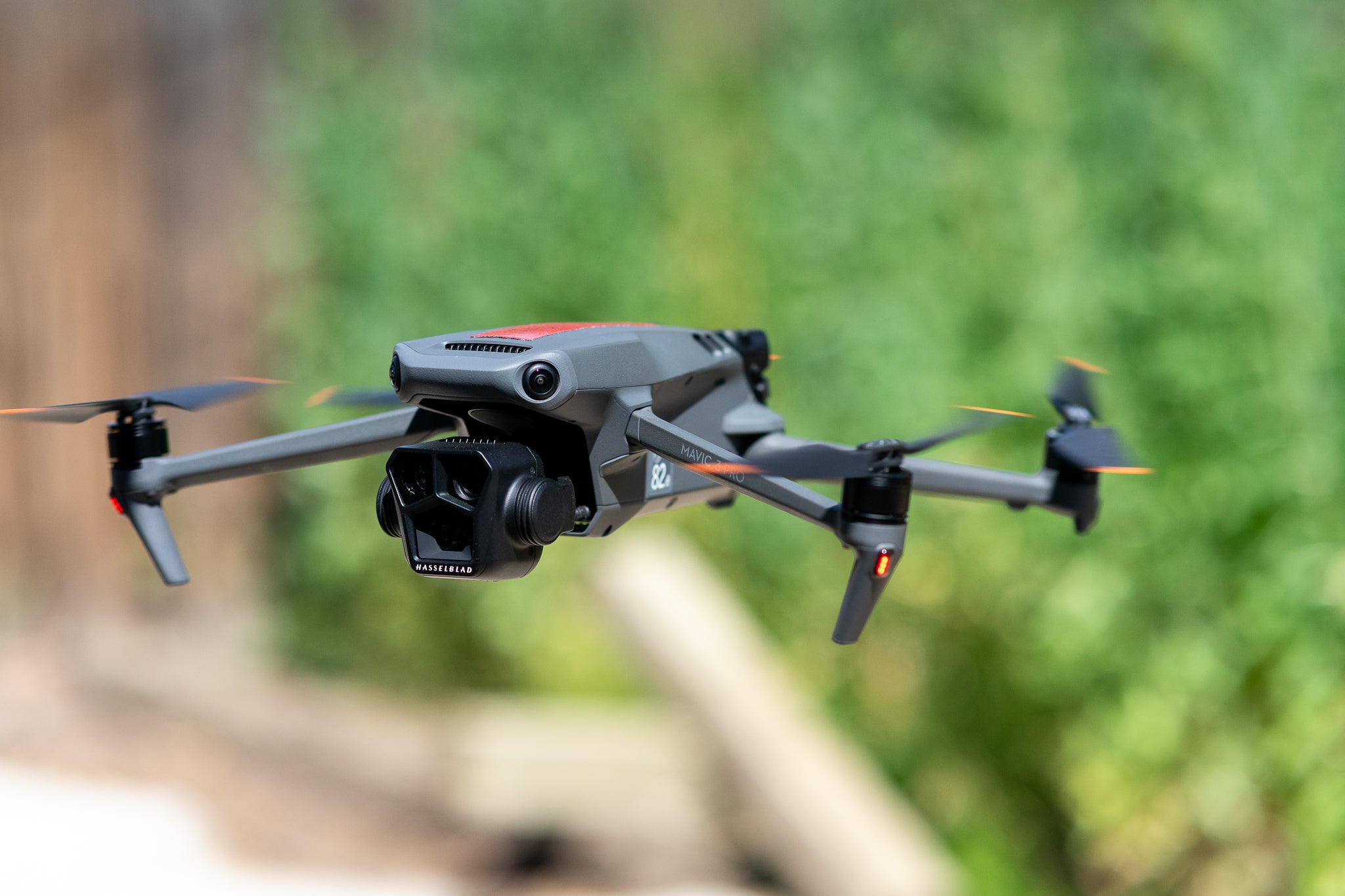How to Legally Take Down a Drone: A Guide for Photographers
As a professional photographer, you may often find yourself frustrated by the presence of unauthorized **drones** invading your privacy or intruding upon your work environment. This article is dedicated to the **dilemma** many photographers face when trying to figure out how to legally take down a drone that disrupts their projects or endangers their safety.
The rise of drone technology has transformed opportunities in photography, but it has also introduced some challenges. Understanding your rights and the legal aspects of taking action against an intrusive drone is crucial. Let's dive into the steps and measures available.

Understanding Drone Regulations
Before contemplating any actions against a drone, it's essential to be aware of the **regulations** in your area. The FAA provides comprehensive regulations governing the operation of drones. Familiarizing yourself with these laws will enable you to navigate the complexities of managing drone encounters.
The Legal Framework of Drones
Each country or region may have its own specific rules regarding drones. In the U.S., for example, the FAA prescribes guidelines for the use of drones, which all operators must adhere to. Violation of these laws may provide grounds for action against the **operator**.
For professional photographers, understanding these rules helps in determining whether a drone is operating legally. If it's found that the drone operator is in violation, as outlined in the drone regulations, you may have legal recourse.

When is Taking Down a Drone Justifiable?
Imagining an aggressive drone hovering above your location can be unsettling. However, knowing when it's legally justifiable to take action against a drone is vital. Generally, there are two circumstances that might prompt such action:
1. Breach of Privacy
If a drone is invading your privacylike hovering near your residence or during a photoshootthis can be a violation of privacy laws. Documenting the incident, including the drone's registration number (if visible), can provide evidence for potential legal action.
2. Safety Concerns
If a drone poses a threat to public safety, such as flying dangerously close to a crowd or operating in restricted airspace, it may be justifiable to report the operator to the authorities. Safety takes precedence in these situations.

What Can You Do About It?
Here are some recommended steps for professional photographers to consider if they're faced with an intrusive drone:
1. Document the Incident
Always maintain a record of the drone's **activity**. Use your camera to capture images or video demonstrating the drone's proximity to yourself or your subjects. This evidence could be invaluable if further action is needed.
2. Notify Authorities
Reach out to local law enforcement or aviation authorities if you believe a drone is breaching privacy or safety regulations. Reporting the matter can often lead to an investigation into the drone operator's actions. Use local regulations as a guide.
3. Engage the Operator
If feasible and safe, try approaching the drone operator directly. Politely express your concerns regarding their drone's operations and how it affects your work. Often, misunderstandings can be resolved through direct communication.
4. Explore Legal Options
If the situation persists, seek legal advice. An attorney with experience in drone laws can clarify your rights and advise on how to proceed. Remember, any form of retaliation or taking down the drone yourself could lead to legal complications.

Technological Solutions
In some cases, technological tools can serve as a deterrent against unauthorized drone operation. Here are some options worth considering:
1. Anti-Drone Technology
Various **anti-drone** technologies exist that can disable or redirect drones. However, it's crucial to ensure the use of such technologies complies with local laws, as misuse can result in severe penalties.
2. Signal Jammers
Another option is using signal jammers, which disrupt communication between the drone and its operator. Again, consult local laws regarding their usage, as they can be illegal in many places.
Seeking Help from Online Resources
For further reading and resources about drones, operational procedures, and regulations, check out articles on various photography and drone-related sites. For instance, websites like How to Start a Drone Business and Military Drone Uses provide insightful information.
Final Thoughts
As a professional photographer, learning how to legally take down a drone is essential for protecting your work environment and ensuring your privacy. Armed with knowledge of drone regulations and best practices for dealing with intrusive drones, you can maintain control over your creative space.
FAQs
1. Is it illegal to shoot down a drone?
Yes, taking down a drone physically can lead to criminal charges. Always comply with local laws before considering any drastic measures.
2. What should I do if a drone is hovering over my property?
If a drone is hovering over your property, document it and report the activity to local authorities.
3. Can I take legal action against a drone operator?
Yes, if you believe a drone operator is violating privacy laws or posing a safety risk, seek legal advice on potential action.
As an Amazon Associate, I earn from qualifying purchases.

